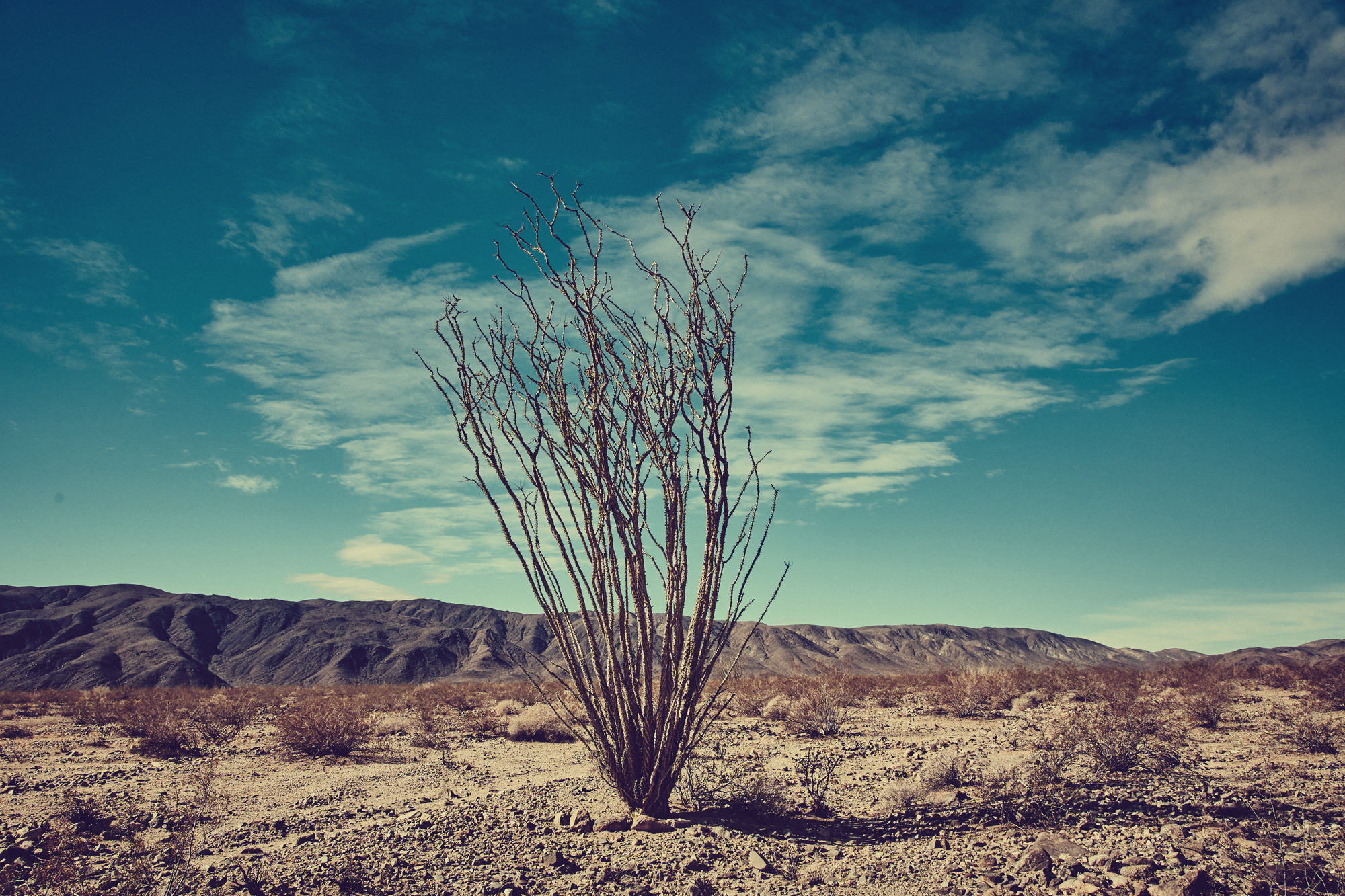Ancient Puebloan History
In the Rio Grande watershed, campfire remains have been collected that are radio-carbon dated to at least 8000 BCE. It is believed that at that time, the people living there relied primarily on the hunting of large game and the gathering of wild plants. Over the next 7000 years, as the climate shifted and populations increased, the people began to cultivate plants and store seed for food and ritual and began to live more sedentary lives in villages called pueblos along the Rio Grande River. By 1000 BCE, these ancestors of the present day Tiwa (or Tiguex) were growing several varieties of maize, beans, squashes and pumpkins, sunflowers, amaranth, cotton, and tobacco, many in irrigated fields. In areas where irrigation was not practicable, they built check dams, terraces, and reservoirs to supplement the rain water. They also herded wild turkeys.
Between AD 1450 and 1540 there were more than 100 occupied pueblos in ancestral Tewa country, which was bordered on the west side of the Rio Grande by the Jemez Mountains and Pajarito Plateau and on the east side by the Sangre de Cristo Range. It extended along the river throughout the Espanola Basin of the Rio Grande rift, roughly from Bandelier National Monument north to the Abiquiu-EI Rito area. While sharing a common ancestry and similar material, religious, and agricultural practices, these pueblos had distinct identities and spoke 4 different language families. Some of these pueblos are the Zuni, Acoma, Hopi, Pecos, Tano, Taos, Tesuque, and the Pecuris.
While warfare and conflicts over land and resources was not unheard of, the Pueblos were generally considered to be peaceful people and skilled builders and artisans of jewelry and pottery. They quarried or mined lead, turquoise, obsidian, jet, malachite, hematite, and salt which they used for tools, jewelry and ceremonial objects, and for trade. There was robust trade between the various Pueblos and with plains tribes such as the Apache, as well as visitors from Mexico and lands south who brought the plumage of tropical birds and exotic shells.
Close knit family clans-many matrilineal- and complex spiritual cosmologies were central to the lives of the Pueblo peoples, as is still true today. Central to these beliefs are a deep respect for the earth, and a rich relationship with many spiritual beings/ helpers called kachinas.
A Hopi Elder-New Mexico Archives A Tewa Maiden Albert Prusso
San Idelfonso- New Mexico Archives

Goal One
Lorem ipsum dolor sit amet, consectetur adipiscing elit, sed do eiusmod tempor incididunt ut labore et dolore magna aliqua. Ut enim ad minim veniam, quis nostrud exercitation ullamco laboris nisi ut aliquip ex ea commodo consequat.
Goal Two
Lorem ipsum dolor sit amet, consectetur adipiscing elit, sed do eiusmod tempor incididunt ut labore et dolore magna aliqua. Ut enim ad minim veniam, quis nostrud exercitation ullamco laboris nisi ut aliquip ex ea commodo consequat.
Goal Three
Lorem ipsum dolor sit amet, consectetur adipiscing elit, sed do eiusmod tempor incididunt ut labore et dolore magna aliqua. Ut enim ad minim veniam, quis nostrud exercitation ullamco laboris nisi ut aliquip ex ea commodo consequat.
Ut enim ad minim veniam, quis nostrud exercitation ullamco laboris nisi ut aliquip ex ea commodo consequat. Duis aute irure dolor in reprehenderit in voluptate velit esse cillum dolore eu fugiat nulla pariatur. Excepteur sint occaecat cupidatat non proident, sunt in culpa qui officia deserunt mollit anim id est laborum.
Excepteur sint occaecat cupidatat non proident, sunt in culpa qui officia deserunt mollit anim id est laborum.
Lorem ipsum dolor sit amet, consectetur adipiscing elit, sed do eiusmod tempor incididunt ut labore et dolore magna aliqua. Ut enim ad minim veniam, quis nostrud exercitation ullamco laboris nisi ut aliquip ex ea commodo consequat.
Lorem ipsum dolor sit amet, consectetur adipiscing elit, sed do eiusmod tempor incididunt ut labore et dolore.
Lorem ipsum dolor sit amet, consectetur adipiscing elit, sed do eiusmod tempor incididunt ut labore et dolore.



